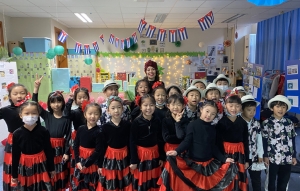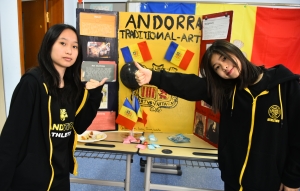Academics
History Introduction
There is an old adage
that says “Those who forget the past are bound to repeat it.” Through
the students study this year we will seek to give them a better
understanding of the past so that the students will be able to live with
a global historical perspective, which will make them conscientious
history makers in their culture and our global society. We teach in a
student oriented, interactive and flexible classroom setting. By making
learning history enjoyable and fun for the students, we hope that they
are better able to understand, retain and utilize what they learn in
class. In enhancing our student’s understanding of the past, we hope to
cultivate their minds in preparation for their futures.
Middle School Curriculum
Grade 6
– Students will be able to compare and contrast the G.R.A.P.E.S (geography, religion, achievements, politics, economy, social structure) of ancient civilizations.
– Students will be able to formulate a historically based opinion and support that opinion with facts and sources.
Grade 7
-Students will understand how events from
the Middles Ages helped to shape the world we live in today. We will
cover material ranging roughly from the fall of Rome to the early
Renaissance. We will also cover China from the Han dynasty to the fall
of the Song dynasty.
-Students will learn to be discerning pupils and begin to be able to identify bias in historical sources.
-Student’s will learn to approach the study of history by viewing each bit of material as part of a larger whole. They will retain material not through memorization, but by understanding the story.
Grade 8
-Students will be able to identify the
causes and effects of major historical movements such as the
Renaissance, the Enlightenment, or the Age of Exploration.
-Students
will be able to formulate an opinion by analyzing a variety of
historical sources and synthesizing the facts to support their opinion.
-Students will understand the concepts of chronology, change, conflict, multiple perspectives, primary and secondary sources, and how they relate to history.





